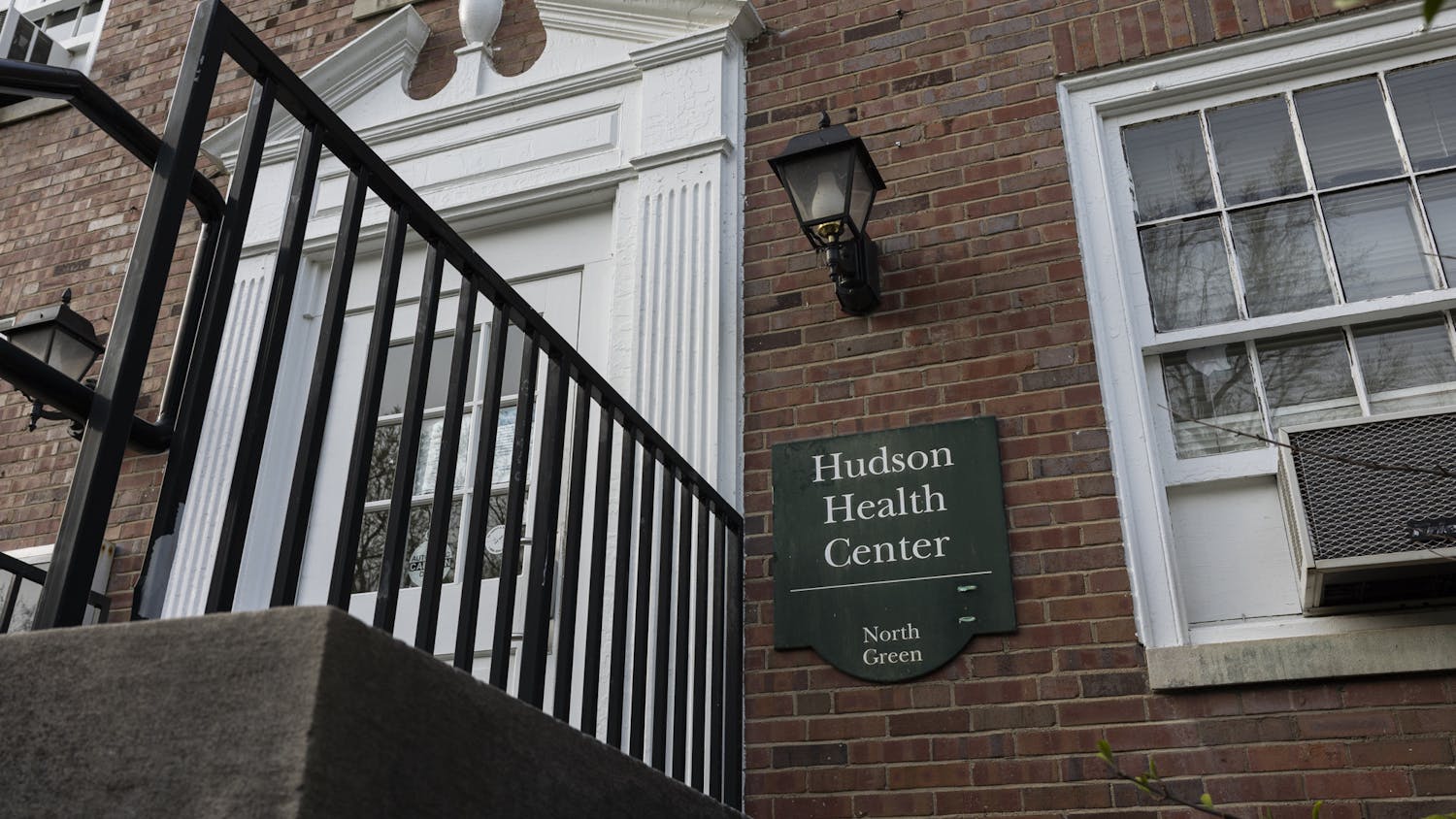A new wastewater surveillance program has been implemented at Ohio University to track the spread of COVID-19 and help university officials identify potential hotspot areas.
The program, funded by the CARES Act and the Ohio Water Resources Center of Ohio State University, uses wastewater from dorm buildings, collected by devices called autosamplers that are installed in OU’s sewer network. These samples are periodically gathered throughout the day and can then be tested for COVID-19.
Dr. Guy Riefler, chair of the department of civil engineering, is one of two professors working on the project and is excited to be able to implement this program at OU.
“I've seen lots of places where the researchers have been using infrastructure — have been using wastewater sampling (and) sewer sampling — to monitor the health of the community,” Riefler said. “It's not used a lot, but I think it’s got a lot of potential. It recently became very common with the COVID pandemic for monitoring the spread of the disease.”
Riefler works closely with Dr. Karen Coschigano, associate professor in the department of biomedical sciences, who has ways to test for the presence of the virus in wastewater.
“I have these methods where I can extract RNA, that's the material that's in the virus … out of the wastewater,” Coschigano said. “And then I can assay looking for the presence of the RNA from the SARS-CoV-2 virus, the one that causes the COVID-19.”
Riefler also relies on a small team of undergraduate assistants to conduct the sampling. The project would not be possible without them, he said.
“I’ve had to go in to help out, to sort things out, but for the most part, they’re really running the show right now,” he said.
The assistants set up autosampler machines in a few locations around campus Sunday and Wednesday mornings and collect the samples from the machines Mondays and Thursdays, according to Johnny Murray, a senior studying civil engineering and one of Riefler’s assistants.
Jessi Berger, a junior studying civil engineering and another of Riefler’s assistants, takes pride in the work that she and her colleagues do.
“As an engineer, you always want to do something where you're actually making a difference and you're benefiting society in a good way,” Berger said. “For us to be able to use the resources that we have (been) given … to go out there and determine exactly where the source of COVID is coming from … we're actually creating a more healthy environment in the Athens and Ohio University area altogether.”
Although the weekly asymptomatic testing required by the university is one of the primary indicators that someone has the virus, the wastewater testing method plays an important role in early detection of COVID-19 hotspots before students become symptomatic.
“As soon as the individual gets infected, regardless of their illness level, they start shedding virus, and they become infectious; they can pass the disease on to someone else,” Riefler said. “So, from a public health standpoint, if you're trying to stop the spread of the disease … (and) you just wait for people to get sick and then quarantine those people, you're really missing a lot of the spread.”
Murray places a lot of importance on the work that he and his colleagues do, even if it goes unnoticed by the general student population.
“Someone flushes the toilet or takes a shower, or uses their sink, (and) once that's done, you don't really think about where that water goes and the impact it has on other people,” Murray said. “We're taking the time to put a project like this together to make sure that our students stay safe, our staff stays safe and the community stays safe … I would just hope that someone who looks at this project understands that.”
Despite the newness of the program, both Riefler and Coschigano believe it has applications outside of testing for COVID-19.
“This (program) could be modified for any kind of virus, pathogen, whatever … as long as they've got DNA or RNA, I would be able to monitor that,” Coschigano said. “I think it’s got potential, we just have to figure out what would be of use out there.”






